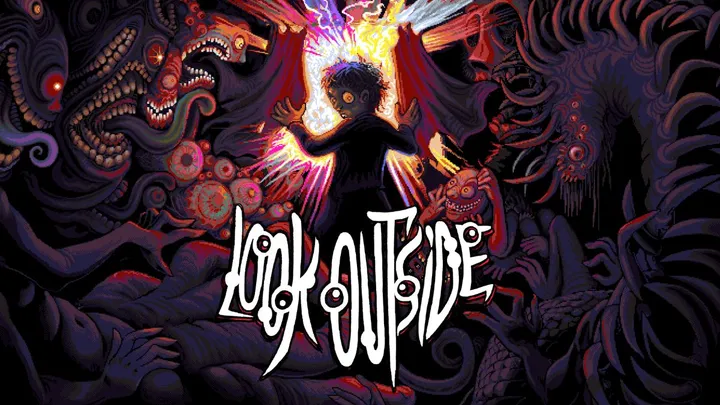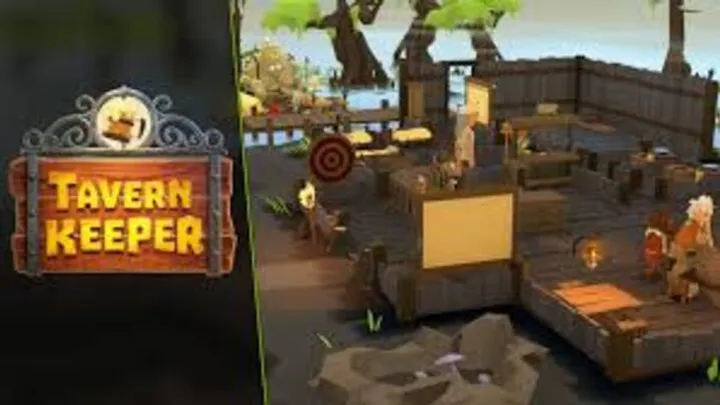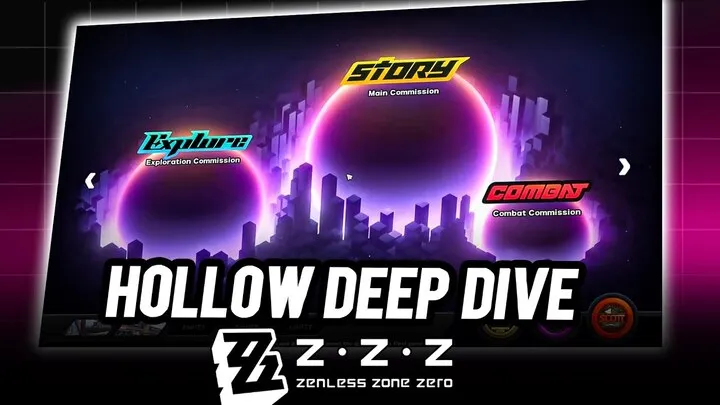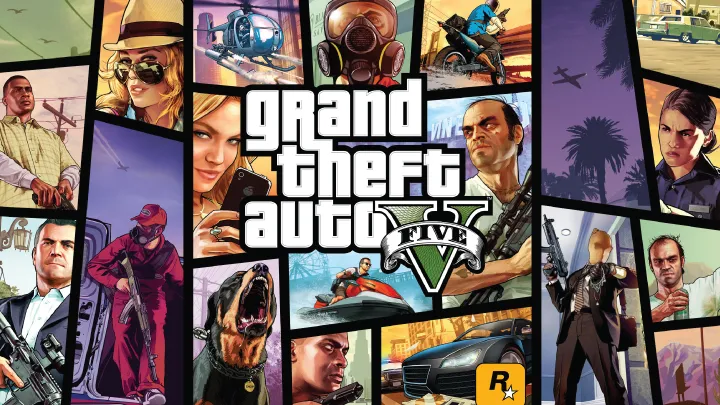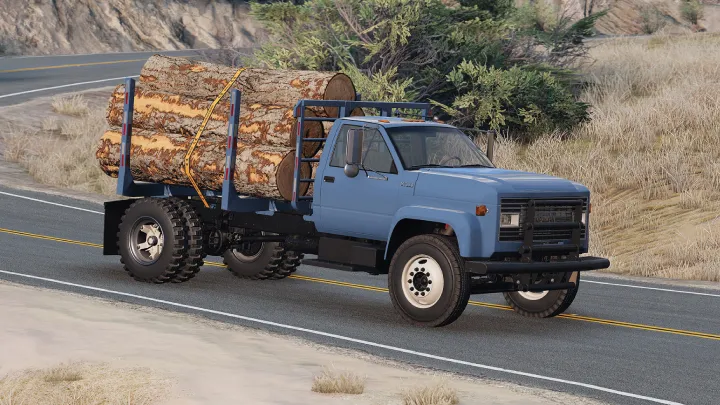⚙️ The Deep Dive: An Expert's Guide to Mastering BeamNG.drive
BeamNG.drive is not merely a driving simulator; it is a soft-body physics sandbox that simulates vehicular dynamics with a level of realism virtually unmatched in the interactive entertainment space. Achieving mastery in this title requires moving beyond simple crashing and embracing the full suite of simulation tools, vehicle customization, and complex mechanical interactions that the game offers.
This guide provides a professional framework for understanding and manipulating the core mechanics that define the BeamNG.drive experience.
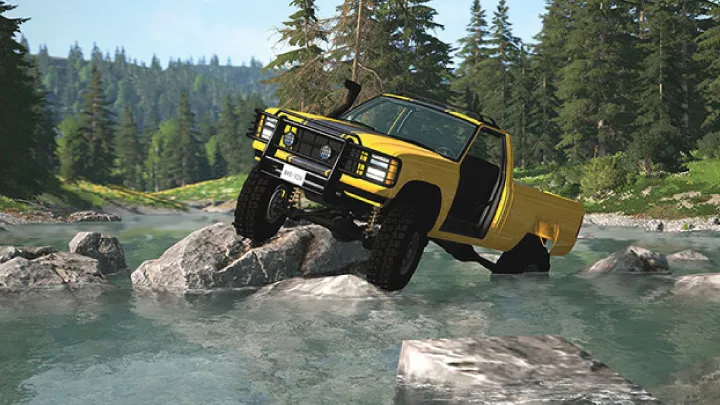
I. The Core Philosophy: Understanding Soft-Body Physics
The heart of BeamNG.drive is its proprietary soft-body physics engine, which simulates the vehicle's structure as a network of interconnected nodes and beams (often referred to as 'JBeams'). An expert player must internalize this concept.
A. Node-Beam Integrity
- Localized Damage: Unlike polygonal damage models, damage in BeamNG is localized and cumulative. A high-speed impact on the front quarter panel affects the structural integrity of the entire chassis, altering suspension geometry, engine mounting points, and tire alignment.
- The Chain Reaction: Expert players understand that a seemingly minor impact—such as clipping a curb at speed—can bend a tie rod, which leads to chronic steering pull, which then compromises the ability to take the next high-speed corner, ultimately leading to a catastrophic failure. Always prioritize the chassis health over cosmetic damage.
- Real-Time Feedback: Pay attention to the Vehicle Debug App (accessible via the UI apps). Monitoring parameters like suspension travel, steering angle, and wheel speed in real-time provides immediate feedback on how the soft-body structure is handling stress.
B. Component Failure Simulation
The simulation extends far beyond the crush zone. True mastery involves understanding how mechanical components fail under stress:
- Engine Thermal Management: High-performance configurations generate excessive heat. Monitor the Coolant Temperature and Oil Temperature in the telemetry. Prolonged redlining or heavy load without sufficient cooling (or after radiator damage) will inevitably lead to a blown head gasket or catastrophic engine failure.
- Drivetrain Stress: Sudden shifts or high-torque applications can destroy the driveshaft, axle, or transmission. When driving manual, avoid aggressive clutch dumps (especially on high-grip surfaces) unless a component upgrade specifically handles the torque load.
- Brake Fade: Repeated, hard braking will cause the brake discs to overheat (visualized as a red glow). This leads to severe brake fade—a drastic reduction in stopping power—forcing a change in driving line and braking technique, mirroring real-world racing dynamics.
II. Advanced Vehicle Customization and Tuning (The Garage)
The vehicle customization menu is the expert's primary laboratory. This is where the virtual car is engineered to match the driving environment.
A. Suspension Geometry and Load Management
- Springs and Dampers: Tuning the spring rate and damper (shock absorber) settings is crucial. Stiffer springs handle heavier loads (like off-roading or high-downforce racing) but can make the car twitchy. Compression (bump) damping controls how the suspension compresses, while Rebound controls how it extends. A skilled tuner finds the balance to keep the tire in constant contact with the road.
- Ride Height: Lowering the ride height decreases the center of gravity (CG), improving cornering stability, but increases the risk of underbody damage. For rally or off-road, a higher ride height and softer suspension are mandatory to manage large vertical displacements.
- Camber, Caster, and Toe:
- Camber: Negative camber (top of the wheel leaning in) improves cornering grip at the expense of straight-line tire wear.
- Toe: Adjusting the toe (in or out) influences turn-in aggression and straight-line stability. A slight toe-out on the front axle increases turn-in responsiveness.
B. Differential Tuning (A Deep Dive)
The differential is arguably the most critical component for handling.
- Limited-Slip Differentials (LSD): Most performance cars use an LSD. The key parameters are Preload Torque, Power Lock Rate, and Coast Lock Rate.
- Preload Torque: A static force that keeps the wheels partially locked even off-throttle. Higher preload helps stabilize the car under braking.
- Power Lock Rate: Controls how quickly the differential locks when accelerating. Higher lock rate maximizes traction on corner exit but can induce understeer (FWD/AWD) or oversteer (RWD).
- Coast Lock Rate: Controls locking when coasting or braking. Crucial for stability during corner entry.
- Open vs. Welded: An Open Differential is best for comfortable, low-performance street driving. A Welded Differential (locked) provides maximum traction but severely hinders turning, making the car prone to massive understeer (or oversteer in RWD setups), generally only used for drifting or drag racing.
C. Tire Selection and Pressure
The tire is the only link to the road. Its compound and pressure are paramount.
- Tire Compound: Choose the compound that matches the scenario (e.g., Slick for maximum dry track grip, All-Terrain for balanced off-road, Mud-Terrain for extreme grip in specific conditions).
- Pressure: Lower pressure increases the contact patch and grip (often used in off-roading or drifting) but can increase the risk of the tire coming off the bead. Higher pressure reduces rolling resistance but decreases grip. Never assume stock pressures are optimal; tune them for load and temperature.
III. Expert Driving Techniques and Physics Manipulation
Driving in BeamNG is less about arcade physics and more about real-world physics application.
A. Mastering Load Transfer
Load transfer—the shifting of weight during acceleration, braking, and cornering—is the dynamic reality of driving.
- Trail Braking: The technique of gradually releasing the brakes while turning into a corner. This maintains weight transfer to the front wheels, maximizing front-end grip and aiding in steering control, essential for shaving seconds off lap times.
- The Pendulum Effect (Scandinavian Flick): Deliberately steering in the opposite direction of the turn to induce a controlled skid, rapidly shifting the vehicle's mass, then steering into the corner. Used in rally driving to scrub speed and align the car for a fast exit.
B. Utilizing the Environment
- Ground Penetration: On soft surfaces (mud, sand, loose gravel), the tires will inevitably dig in. To escape, use the differential lock (if available) to ensure both wheels spin equally, and minimize steering input to maintain the smallest possible turning radius on the trapped tire.
- Hydraulic Manipulation (Water/Flooding): Water in BeamNG dramatically impacts friction and vehicle health. Deep water will hydrolock the engine (if the air intake is submerged). Treat even shallow water as a surface with near-zero friction, requiring extremely gentle steering and throttle input.
IV. The Power of the Tools: UI Apps and Debugging
The in-game tools are the expert's diagnostics kit, transforming the game from a plaything into a sophisticated simulation platform.
A. The Node Grabber and World Editor
- Node Grabber (Ctrl + Mouse Click): This allows direct, real-time manipulation of the JBeam structure. Beyond simply resetting a crushed car, the expert uses it to tweak suspension geometry or realign a bent frame on the fly, simulating roadside repairs.
- World Editor (F11): Provides the ultimate sandbox control. Experts use the editor to:
- Place and Anchor Objects: Create precise ramps, dynamic obstacles, or anchor points for stress testing.
- Manipulate Gravity and Wind: Essential for creating custom stunt scenarios or simulating extreme environmental conditions.
B. The Physics and Telemetry Apps
An expert's screen is always populated with key UI apps:
- G-Force Meter: Tracks lateral and longitudinal acceleration. Used to quantify the maximum cornering force (grip) a car/tire combination can achieve.
- Force Feedback Graph: For wheel users, this visualizes the forces being sent to the steering wheel, providing an objective view of the tire grip level.
- Engine Diagnostics: The most critical app. Monitors RPM, Torque, Horsepower, Throttle, and vital temperatures. Used for fine-tuning gear ratios and validating power output after component upgrades.
- Tire App: Provides real-time data on tire slip ratio, pressure, and temperature for each corner. High slip ratio indicates loss of traction; managing this is the key to high-speed control.
V. Engaging with Scenarios and Custom Content
BeamNG.drive offers structured gameplay that demands applied knowledge of its physics.
A. Time Trials and Race Scenarios
Time Trials are the ultimate test of driving finesse.
- Data Analysis: Use the replay function and telemetry data post-lap to identify specific corner entry, apex, and exit points where load transfer or excessive slip occurred. The data, not the feeling, determines where time is lost.
- Consistency: Focus on achieving consistent, repeatable lap times. The difference between an amateur and an expert is the ability to run ten laps within a fraction of a second of each other, minimizing the variable of error.
B. The Modding Ecosystem
The official BeamNG forums and third-party repositories are where the community pushes the boundaries of the simulation.
- Quality Control: An expert discerningly chooses mods, prioritizing those that integrate properly with the JBeam structure and do not utilize crude, simplified physics. High-quality community maps and cars often feature more complex JBeam structures than their official counterparts.
- The Automation Link: Integrating BeamNG.drive with the game Automation: The Car Company Tycoon Game allows players to design and export their own engine, body, and chassis into BeamNG. This provides the most comprehensive tuning experience, allowing total control over the vehicle's fundamental performance characteristics.
In conclusion, playing BeamNG.drive at an expert level is an exercise in applied engineering and physics. It demands not only refined driving skill but a deep engagement with the vehicle's inner workings. By mastering the soft-body structure, applying advanced tuning principles, and effectively utilizing the in-game diagnostic tools, the player transitions from a simple car crasher to a virtual automotive engineer, capable of manipulating the forces of physics to command any vehicle in any scenario.
Would you like me to focus on a particular area, such as a deep dive into advanced differential tuning for different drivetrains (FWD, RWD, AWD) or a breakdown of specific controls for using the Node Grabber and World Editor effectively?










